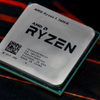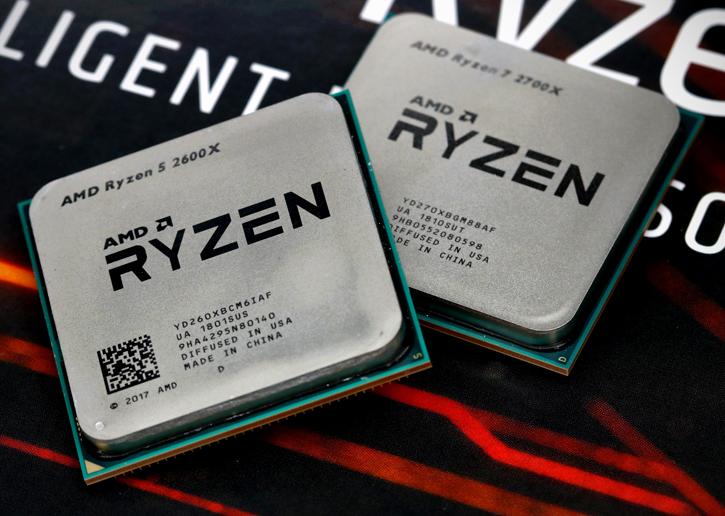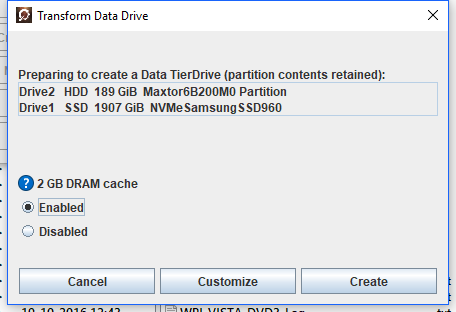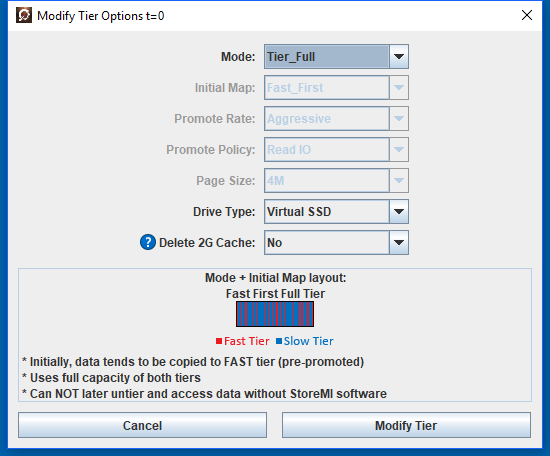Ryzen 2000 processor family
Ryzen 5 2600X (Pinnacle Ridge) processor
In Q1 of the year 2018, pretty much every shred of information about Ryzen Series 2000 already surfaced somewhere onto the mighty interwebz. Most of it all spot on. Last year's eight-core architecture was called Summit Ridge, the updated revision 12nm Zen+ Ryzen 2000 series had the development name, Pinnacle Ridge.
In April 2018, AMD now launches four new SKUs in the Ryzen 2000 series. Ryzen 7 2700 and 2700X both with 8-cores and sixteen threads, next to that two six-core parts launch, the Ryzen 5 2600 and 2600X. The 2000 numbering in the series, obviously is a euphemism and recognition point for generation 2 of the Zen architecture-based processors, now Zen+. Let's have a look at what is new, changed and introduced by compiling a comparative chart listing the Ryzen Series 1000 processors and the new Series 2000 ones.
Looking at the above chart details a lot of stuff, basically, you'll notice a change of an increase in the base clock frequency and a higher turbo, now reaching 4.2 GHz for the 2600X. The ones that have looked at the chart in detail will have noticed, we're missing the Ryzen 7 2800X. To date, we have not heard anything about that SKU. But AMD could launch the 2800X in a later stage with a binned version that reaches even higher clock frequencies, that however is speculation from my side. You have seen the reviews last year, compared to Intel Core i5 and i7 the Ryzen processors are threaded beasts and pretty darn fast alright.
Unlocked & loaded
Let me again make it clear, all Ryzen 3, 5 and 7 processors are unlocked. The motherboards need a chipset that is unlocked as well though, but the B350/B450 (mainstream) and X370/X470 (high-end) series are covering all of that. We expect that 2018 is once again going to be a busy year with refresh AMD processor reviews alright, as the lower Ryzen SKUs inevitably will move to the new 12nm Zen+ fabrication, but that also can be said for Ryzen Threadripper class processor, with up to 16 cores / 32-threads. Good times from AMD.
Improved DDR4 memory support
Ryzen 1000 and 2000 offer dual-channel support; we certainly would have liked to have seen quad-channel support to be brutally honest, but that remains only available on Ryzen Threadripper. The motherboards will be paired with 4 DIMM slots set up in a dual-channel configuration. AMD will support the standard Jedec SPD timings and frequencies at 2133/2400/2667 and now also 2933 MHz. That's standard reference JEDEC configurations, motherboard manufacturers will support 3200 MHz and higher frequencies. But that will solely be dependent on the motherboard partners. While that is not in the same ballpark as what Intel is doing, a nice 2933/3200 MHz kit with CL16 latency would certainly be sufficient for all your bandwidth needs. All Ryzen processors really like fast memory, hence we recommend 2933 or 3200 MHz single rank dual-channel kits. Word out is that with Ryzen 2000 the memory latency has decreased as well.
Precision Boost 2 and XFR2
Some Ryzen processors models end with an X, others do not. It remains simple; the X models are a little more special in the sense that they will have a higher base and boost clock frequency as well as extended frequency range (XFR). Basically, you have precision boost, your standard turbos that each of the cores can handle. However on top of that is XFR, if the processor is under optimal conditions like for example liquid cooling, it may clock a bit higher than your maximum turbo clock frequency. It isn't just temperatures though, X model processors are binned. This means that the processors are tested on ASIC quality and then sorted from good to better and often will clock higher on the XFR range and yes, X models could also be more easy to tweak as well. Ryzen 2000 CPUs will feature Precision Boost 2 and XFR 2, both are improved to offer better performance, specifically in tasks that have several light threads, games for example! You all know what the media has written about 1080p performance last year. This is such an example where AMD could benefit from XFR2. Intel has had the lead in some game titles, mostly due to higher frequencies with its CPUs. Precision Boost 2 should help Ryzen processors to perform better in tasks that have several light threads such as games
StoreMI technology
One interesting new feature that AMD offers is StoreMI, which lets you mingle multiple SSDs and conventional hard drives into a single virtual volume. This volume will automatically assign files based on their storage speed necessities. A combination of an HDD and say NVMe SSD apps can load up to three times as faster compared to HDD loading. AMD StoreMI will by design pair your most frequently used files and assign it towards the faster storage unit for peak performance. On top of that, you can also assign an up to 2GB of RAM cache, for mega-fast data. You do actually take away a 2GB partition of your DDR4 System memory.
A user-end example could be games, many of you guys have an SSD for the OS and frequency accessed applications. Games often due to install-size end up at an HDD. Here's where StoreMI comes into play, you can leave your game installed on your HDD, but combine it with an SSD into a single, faster, virtual disk. This way, the most frequently accessed data will be loaded over the fused storage, and this enhances load time.
Realistically though, in a time where the HDD is slowly phasing out and SSDs / NAND storage is becoming the norm, we're not sure how relevant and compelling this feature will be for the more mainstream to the enthusiast crowd. It's a free feature with any series 400 chipset though (but not 300), and for those with large HDDs, this might be a really lovely feature.




